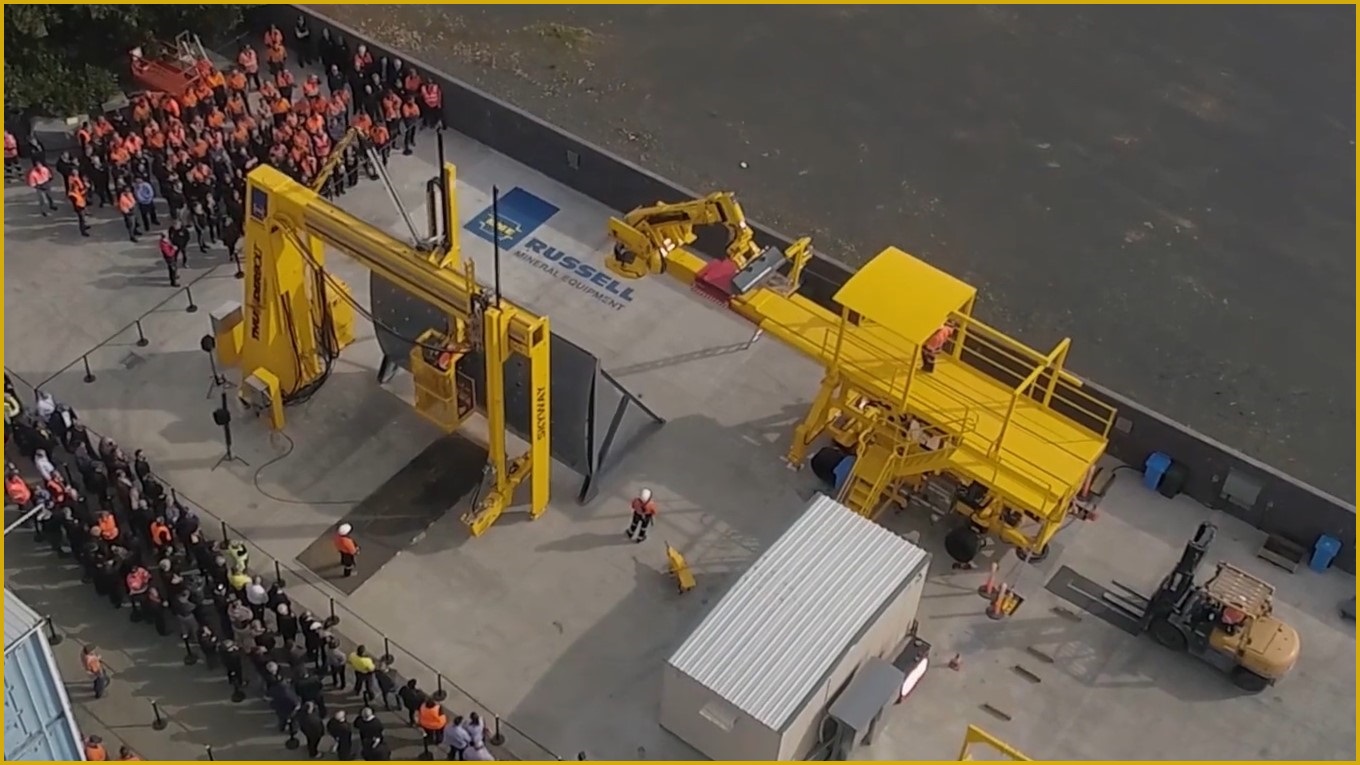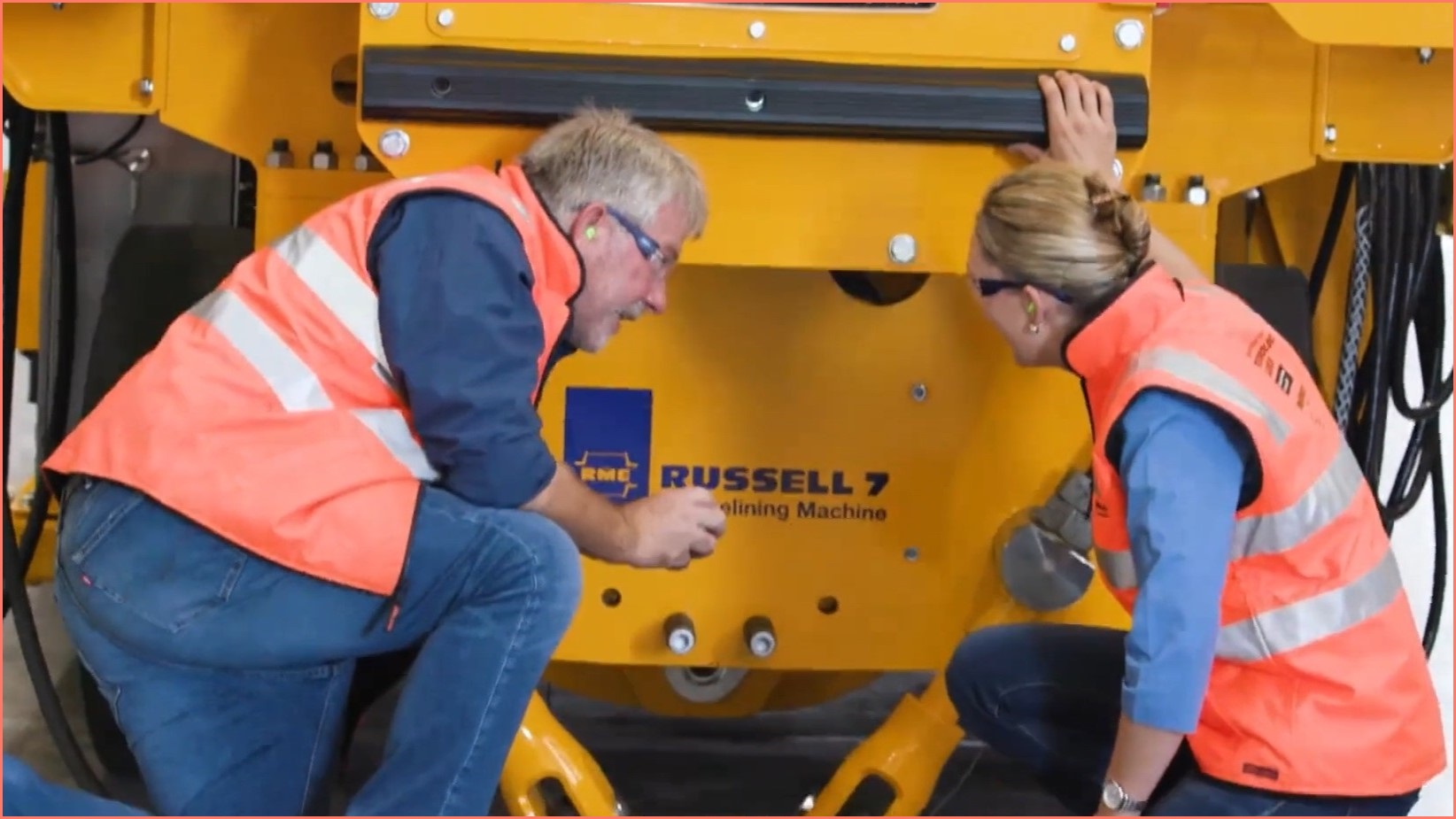The federal government’s flagship $15 billion manufacturing fund has made its first investment, more than 18 months since it was passed into law.
The National Reconstruction Fund (NRF), a core 2022 election promise by Labor, announced on Tuesday that it would be providing $40 million to Queensland-based manufacturer Russell Mineral Equipment (RME) to ensure the company remains in Australia and can ramp up production.
It is the first funding announcement made by the independent National Reconstruction Fund Corporation (NRFC) and comes more than 18 months since the facilitating legislation was passed by Parliament in March last year.
The NRF was announced by Labor in the lead-up to the 2022 election and was labelled as the “greatest investment in manufacturing capabilities in living memory”.
It provides loans, guarantees and equity to Australian manufacturers in partnership with institutional investors, private equity and venture capital.
Its investments will focus on seven priority areas: value-add in resources, transport, medical science, defence capability, renewables and low-emissions technologies, value-add in agriculture, forestry and fisheries, and enabling capabilities.
The $40 million to be provided by the Commonwealth is part of a broader $100 million co-investment with Resource Capital Funds to provide funds to local companies trying to make mining safer, cleaner and more efficient.
Keeping manufacturing in Australia
RME is based in Toowoomba and develops precision technologies for the mining and resources industry, focusing on improving safety and efficiency in mineral processing.
Its tools are used in hard rock mining for minerals and metals such as copper, gold, platinum, nickel, zinc and iron ore.
The NRF investment will help to ensure the firm does not move offshore, with Industry Minister Ed Husic saying that “overseas investors are always knocking on their door, trying to take them and the jobs with them off our shores”.
“The NRFC has stumped up vital capital to ensure RME stays in Toowoomba in Aussie hands employing hundreds of Queensland workers,” Husic said in a statement.
“The Albanese government believes Australia should be a country that makes things - the NRFC is playing a vital part, backing the growth of Australia’s manufacturing capabilities.
“In key areas of sovereign capability, our country’s got to be able to stand on its own two feet. We’ve got the talented workers in Australian firms, now they need the investment to grow.”

Russell Mineral Equipment is based in Toowoomba and produces mining equipment. Photo: Supplied
The investment will help to take RME’s “pioneering technology to new heights”, NRFC chair Martijn Wilder said.
“Our investment in RME represents a first step for the NRFC in backing leading Australian manufacturers,” Wilder said.
The NRF funding will “protect RME’s future” and ensure it remains an Australian-owned and operated company, RME founder and executive chair Dr John Russell said.
“The investment strengthens RME’s position as the world’s most trusted original equipment manufacturer of mill relining technologies and Australia’s leadership in the manufacturing of advanced mining technology,” Russell said.
Disappointing
The awarding of the first NRF funds to the mining tech company has been criticised by Sam Ringwaldt, the founder of Victoria-based climate tech startup Conry Tech.
“I didn’t think I would be more disappointed with the NRF than I was already,” Ringwaldt said.
“Supporting the mining sector is like awarding renewable energy grants to fossil fuel giants and healthcare grants to tobacco firms.
“By supporting a legacy sector that wilfully depletes Australia’s limited natural resources and pollutes the environment, the NRF is failing spectacularly on every single stated aim.”
Ringwaldt said he would prefer to see the NRF money going towards different types of companies.
“This decision is also taking money away from worthy businesses and startups that can offer genuine innovation and sustainable solutions,” he said.
“You could argue that this is not a business that needs government intervention and taxpayer money – it is 40 years old and is one of the leaders in its specialised field.
“This is just the first of many NRF contracts. There is still hope that the NRF can make good on its stated aims.”
A long road
The Opposition has criticised the federal government for taking too long for funds to be dispersed from the NRF.
“It has taken Labor over 900 days to announce a single investment through their National Reconstruction Fund,” Deputy Opposition Leader Sussan Ley said.
“Over that time, we have seen 1,272 manufacturers go to the wall.”
Following the election victory, the Labor government began laying the groundwork for the NRF in late 2022, with legislation introduced to Parliament soon after.
The bill revealed that the fund is expected to achieve a return to cover the Commonwealth’s borrowing costs, and is expected to have a positive underlying cash impact in the longer term.
Despite this legislation passing in March last year, earlier this year Prime Minister Anthony Albanese was forced to maintain that the NRF was open for business, despite it only accepting expressions of interest through a contact form on its website.
The fund’s investment mandate was unveiled in November last year.










